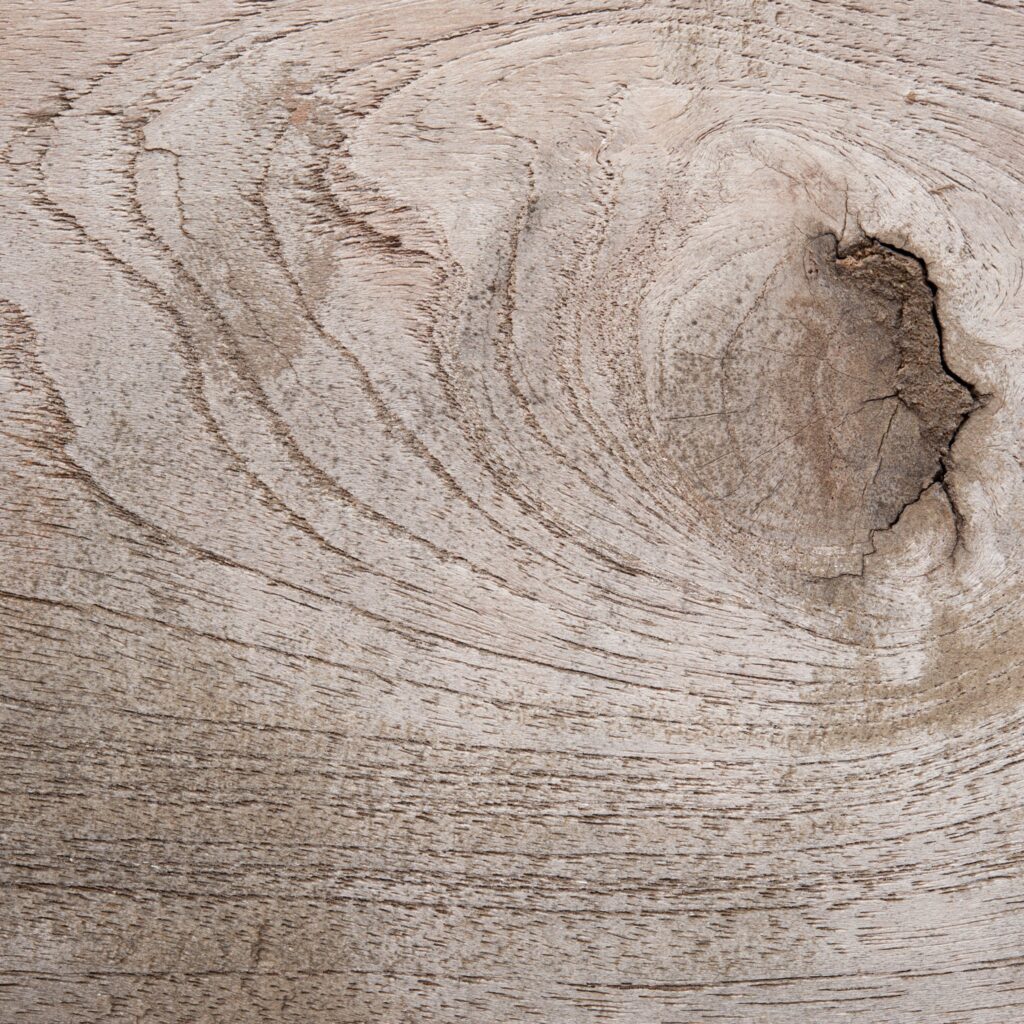
Types of Material Used in Wood Standing Desks
When it comes to creating an ergonomic and aesthetically pleasing workspace, a wood standing desk is a fantastic choice. Not only do standing desks promote better posture and overall well-being, but they also contribute to the overall aesthetics of your workspace. However, selecting the right material for your standing desk is a decision that should not be taken lightly. The type of wood or material you choose will not only impact the desk’s appearance but also its durability, environmental impact, and cost. In this two-part article, we will explore various types of materials commonly used in wood standing desks to help you make an informed decision based on your preferences and requirements.
If you’re looking for great wood standing desks, check out our Wood Standing Desk Selection Guide!
| Key Takeaways | Description |
|---|---|
| 1. Material Selection Matters | Your choice of wood standing desk material impacts aesthetics, durability, and eco-friendliness. |
| 2. Solid Hardwoods Offer Durability and Elegance | Oak, Maple, Cherry, Walnut, Ash, and Birch provide strength, beauty, and various design options. |
| 3. Softwoods Bring Rustic Charm | Pine, Cedar, and Fir offer an economical and cozy ambiance with distinctive grain patterns. |
| 4. Engineered Wood Balances Cost and Performance | Particle board, MDF, Plywood, and Melamine are budget-friendly options with different attributes. |
| 5. Reclaimed Wood is Eco-Friendly and Unique | Salvaged wood reduces environmental impact and adds character to your workspace. |
| 6. Bamboo is Strong, Sustainable, and Stylish | Bamboo combines strength, sustainability, and a unique appearance for a standout desk. |
| 7. Exotic Hardwoods Offer Luxury but at a Price | Teak, Mahogany, and Rosewood bring unique colors and grains but come with a higher cost. |
| 8. Veneers Provide Budget-Friendly Aesthetics | Veneers offer the look of solid wood at a lower cost, with numerous customization options. |

Solid Hardwoods: A Classic Choice for Durability and Elegance
Solid hardwoods are often the top choice for wood standing desks due to their strength, durability, and timeless beauty. Let’s delve into some of the most popular options among solid hardwoods:
Oak: The Epitome of Strength and Elegance

Oak, renowned for its robustness, stands as one of the most popular choices for wood standing desks. Here’s why:
- Exceptional Strength: Oak is incredibly strong and resistant to wear and tear, making it a long-lasting option.
- Attractive Grain Patterns: Its grain patterns, which can vary from straight to intricate, add to its aesthetic appeal.
- Versatile Aesthetics: Oak’s neutral color palette complements various office decors, from traditional to contemporary.
Maple: Clean and Durable

Maple is another solid hardwood frequently used for standing desks. Here are its key attributes:
- Clean Appearance: Maple’s light color provides a clean and uncluttered look, perfect for modern offices.
- Remarkable Durability: It is highly durable and can withstand the rigors of daily use.
- Timeless Appeal: Maple’s simplicity ensures it remains relevant throughout changing design trends.
Cherry: Rich Color and Smooth Grain

Cherry wood, with its rich, reddish-brown color, is a favorite among those seeking an elegant desk:
- Rich Coloration: Cherry’s deep hue adds warmth and sophistication to your workspace.
- Smooth Grain: It boasts a smooth, even grain pattern that exudes refinement.
- Aging Gracefully: Cherry darkens over time, developing a beautiful patina that enhances its charm.
Walnut: Dark and Elegant

For a desk with a dark and sophisticated appearance, walnut is an excellent choice:
- Dark, Elegant Look: Walnut’s deep brown color exudes a sense of opulence.
- Straight Grain: Its straight grain pattern adds to its classic appeal.
- Contrast Potential: Walnut pairs well with lighter office decor, creating a striking contrast.
Ash: Light and Airy
Ash offers a contrasting option with its light color and distinctive grain:
- Light Appearance: Ash’s light color palette creates an airy and open feeling in your workspace.
- Strong, Open Grain: Its grain patterns are more prominent, adding character to the desk.
- Contemporary Choice: Ash is often chosen for contemporary office setups.
Birch: A Smooth Finish
Birch, known for its smooth finish and fine grain, is a versatile option:
- Smooth Texture: Birch offers a sleek and smooth surface that’s pleasant to work on.
- Fine Grain: Its fine grain pattern contributes to a polished appearance.
- Adaptable Aesthetics: Birch can adapt to various design styles, making it a versatile choice.
Softwoods: A Rustic Charm on a Budget
Softwoods, while generally less durable than hardwoods, can still provide an attractive and cost-effective option for wood standing desks. Here are some common choices among softwoods:
Pine: Economical and Rustic

Pine is a popular softwood choice for standing desks, particularly for those on a budget:
- Economical: Pine is often more budget-friendly than hardwoods, making it accessible to many.
- Rustic Appearance: Its grain patterns and knots contribute to a cozy, rustic ambiance.
- Ideal for DIY: Pine’s affordability makes it a favorite for DIY enthusiasts looking to customize their desks.
Cedar: Lightweight and Aromatic
Cedar, with its lightweight nature and pleasant aroma, has unique characteristics:
- Lightweight: Cedar’s lightweight nature makes it easy to move and adjust.
- Aromatic Scent: It exudes a delightful natural fragrance that can enhance your workspace.
- Straight Grain: Cedar’s grain pattern is typically straight, offering a clean look.
Fir: Strength and Grain
Fir is another softwood known for its strength and pronounced grain patterns:
- Strength: Fir’s durability and resistance to wear make it suitable for a standing desk.
- Pronounced Grain: The pronounced grain patterns add character and visual interest.
- Sturdy Option: It is a solid choice for those who prioritize sturdiness.
Engineered Wood: Balancing Affordability and Performance
Engineered wood materials are designed to provide a cost-effective yet sturdy alternative to solid hardwoods. Here are some commonly used options:
Particle Board: Budget-Friendly and Practical
- Budget-Friendly: Particle board is a cost-effective choice for those looking to maintain a tight budget.
- Made from Wood Particles and Adhesive: It’s composed of compressed wood particles bound together with adhesive.
- Less Durable: While it’s economical, it may not be as durable as other options and is more susceptible to damage from moisture.
MDF (Medium-Density Fiberboard): Smooth and Durable
- Denser and Stronger: MDF is denser and more robust than particle board, providing better durability.
- Smooth Finish: Its smooth surface is ideal for painting or applying veneers.
- Balanced Choice: MDF strikes a balance between affordability and performance, making it a popular choice.
Plywood: Layers of Strength
- Layered Composition: Plywood is constructed with multiple layers of wood veneer glued together at perpendicular angles, resulting in strength and stability.
- Strong and Lightweight: It offers impressive strength while being relatively lightweight.
- Resistance to Warping: Plywood is resistant to warping, making it a reliable choice for standing desk surfaces.
Melamine: A Practical Surface
- Particle Board or MDF Core: Melamine is a layer of decorative paper applied to a particle board or MDF core.
- Smooth and Easy to Clean: It provides a smooth, easy-to-clean surface, perfect for a low-maintenance workspace.
- Cost-Effective: Melamine offers a cost-effective way to achieve a sleek, modern look.
Reclaimed Wood: Sustainability and Character
For those with an eco-friendly mindset and an appreciation for unique aesthetics, reclaimed wood is a compelling choice:
- Eco-Friendly: Reclaimed wood is salvaged from old structures, giving it a second life and reducing the need for new resources.
- Rustic and Unique: Each piece of reclaimed wood carries its own history, with distinctive markings, knots, and imperfections.
- Environmentally Responsible: Choosing reclaimed wood aligns with sustainability goals and minimizes your environmental footprint.
Bamboo: Strength, Sustainability, and Distinct Style

While technically a grass, bamboo has become a sought-after material for standing desks:
- Remarkable Strength: Bamboo is exceptionally strong, often surpassing the durability of hardwoods.
- Sustainable Choice: It’s considered highly sustainable as bamboo grows rapidly and can be harvested without depleting the plant.
- Unique Appearance: Bamboo’s light color and unique grain patterns lend a distinct style to your workspace.
Exotic Hardwoods: Luxurious but Pricey
Exotic hardwoods like Teak, Mahogany, and Rosewood offer an unmatched level of luxury:
- Unique Colors and Grains: These woods boast unique and often stunning colors and grain patterns.
- High Cost: Exotic hardwoods can be considerably more expensive than other materials.
- Consider Environmental Impact: Before choosing an exotic hardwood, consider the environmental impact and the source of the wood.
Veneers: The Look of Solid Wood at a Lower Cost
Veneers provide a cost-effective way to achieve the appearance of solid wood:
- Thin Slices of Wood: Veneers are thin slices of real wood glued to a core of MDF or particle board.
- Affordable Aesthetics: They offer the look of solid wood without the hefty price tag.
- Wide Range of Designs: Veneers come in various wood species and finishes, allowing for a broad spectrum of design options.
Conclusion
Selecting the right material for wood standing desks is a decision that should align with your individual preferences, budget, and environmental values. Each material has its unique set of advantages and considerations, and the choice you make will ultimately impact the functionality and aesthetics of your workspace. Whether you opt for the classic elegance of solid hardwoods, the eco-consciousness of reclaimed wood, the strength of bamboo, or the affordability of engineered wood, remember that your standing desk is a long-term investment in your productivity and well-being. Opvital encourages you to explore these options and create a workspace that reflects your style, values, and ergonomic needs. Make your choice wisely, and may your standing desk enhance both your work and your workspace.
Want more insights on how to choose eco friendly furniture? Check out here!
FAQs
Engineered wood provides a cost-effective alternative to solid hardwoods while maintaining durability. It offers a smooth finish for painting and comes in various options like particle board, MDF, and plywood, allowing you to choose based on your specific needs.
Reclaimed wood is sourced from old structures, reducing the need for new resources. By choosing reclaimed wood, you are making an environmentally responsible choice that minimizes your impact on the environment.
Yes, bamboo is exceptionally strong and can even surpass the durability of hardwoods. It’s a sustainable choice that offers a unique appearance with its light color and distinctive grain patterns.
Your choice between solid hardwoods and softwoods should be based on your preferences and requirements. Solid hardwoods like Oak and Cherry offer durability and attractive grain patterns, while softwoods like Pine and Cedar are more budget-friendly and provide a rustic charm.
Read More
- Digital Marketing Tools: The Importance of Marketing Tools
 The Importance of Marketing Tools In today’s digital landscape, businesses …
The Importance of Marketing Tools In today’s digital landscape, businesses …Digital Marketing Tools: The Importance of Marketing Tools Read More »
- A Guide to Fundamental Marketing Tools for Businesses
 What are marketing tools? At Opvital, we’re dedicated to shedding …
What are marketing tools? At Opvital, we’re dedicated to shedding …A Guide to Fundamental Marketing Tools for Businesses Read More »
- The Significance of Marketing Tools
 Key Takeaways for Marketing Tools Marketing Tools Overview – Diverse …
Key Takeaways for Marketing Tools Marketing Tools Overview – Diverse … - A Comprehensive NeuronWriter Review: Unveiling Its SEO Powers
 Welcome to Opvital’s in depth NeuronWriter Review. NeuronWriter is more …
Welcome to Opvital’s in depth NeuronWriter Review. NeuronWriter is more …A Comprehensive NeuronWriter Review: Unveiling Its SEO Powers Read More »
